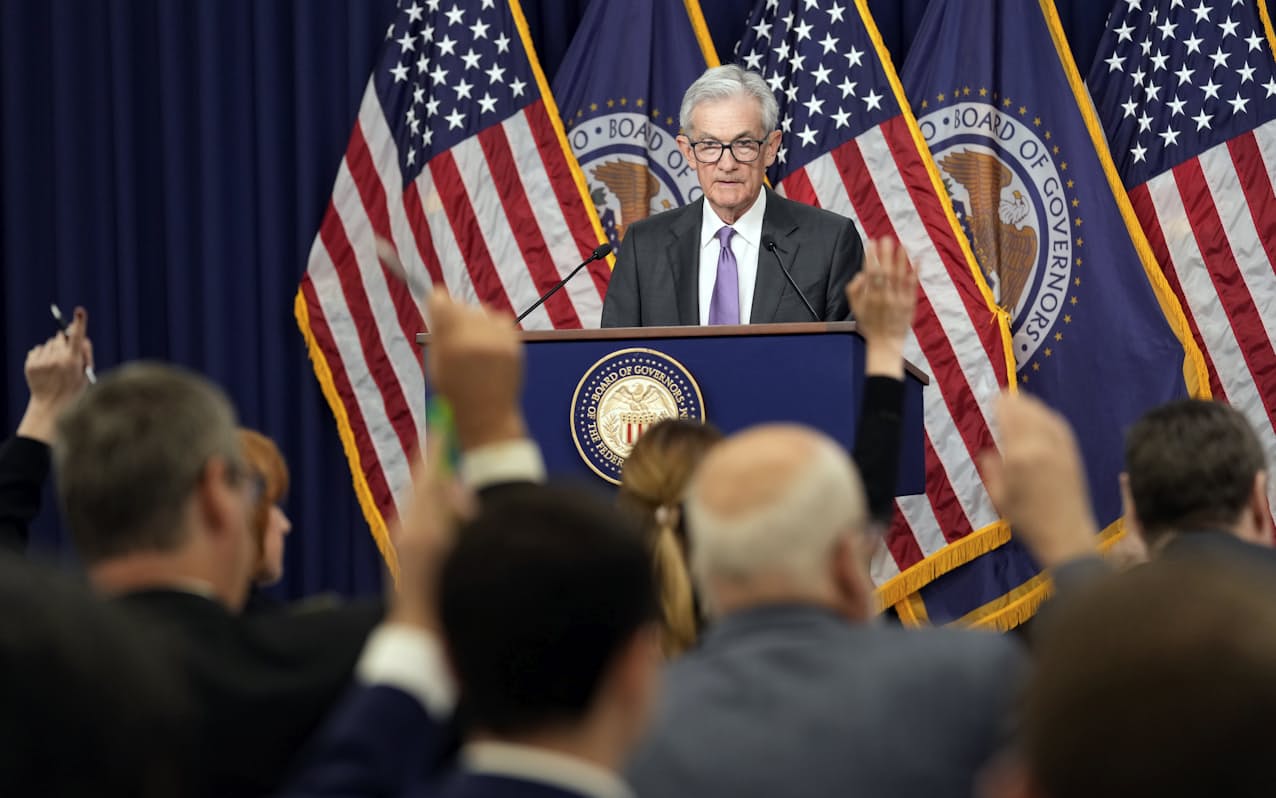
The Federal Reserve Board has maintained the interest rate while forecasting three rate cuts in 2024, as decided at the Federal Open Market Committee meeting that ended on March 20. This decision indicates a shift from monetary tightening, despite ongoing inflation concerns.
Market participants interpreted this as a trend toward easing, which led to significant gains in both U.S. and Japanese stock markets. However, achieving a balance between economic growth and price stability is challenging. Premature rate cuts may reignite inflation, whereas delayed action could severely hinder economic momentum. The Fed must thoroughly assess the situation and engage with market stakeholders openly and without bias.
The U.S. expected Inflation to stabilize following a significant deceleration at the end of last year. Despite market fears about supporting a rate-cut policy, Fed Chair Jerome Powell told the press that this “hasn’t really changed the overall story, which is that of inflation moving down gradually on a sometimes bumpy road toward 2%.”
The recent outlook, updated from last December’s forecasts, optimistically adjusts growth and unemployment rates without significantly altering the inflation target. The Fed remains hopeful that strong economic growth and job creation can proceed alongside decelerating inflation, but the risk of inflationary pressures can’t be ignored.
While the forecast for 2024’s rate cuts remains unchanged, the projection for 2025 has been adjusted from four cuts to three. Moreover, the long-term interest rate forecast, aligned with the “neutral interest rate” that suits the U.S. economy’s strength, was revised slightly upward from 2.5% to 2.6%.
Given the likelihood that a high interest rate above 5% will continue, it is crucial to monitor the potential risks of a sharp downturn in the otherwise robust economy and employment sector. The commercial real estate sector, including office buildings, shows no signs of growth, heightening concerns about increased market adjustments.
The Fed plans to review its approach to asset compression, specifically the “quantitative tightening” strategy of reducing its government bond holdings, at its next meeting, possibly beginning in early May.
As the quarter progresses, surplus liquidity in the market is expected to diminish. With lingering concerns in certain financial sectors, including commercial real estate, it’s prudent to devise strategies to mitigate unnecessary market disturbances.
The outcome of U.S. monetary policy will influence monetary policy decisions by the Bank of Japan, which has recently begun dialing back its “unprecedented easing.” Therefore, the Fed must diligently monitor price stability and make policy adjustments in a timely and deliberate way, taking into account both economic growth and employment trends.

Leave a Reply
You must be logged in to post a comment.